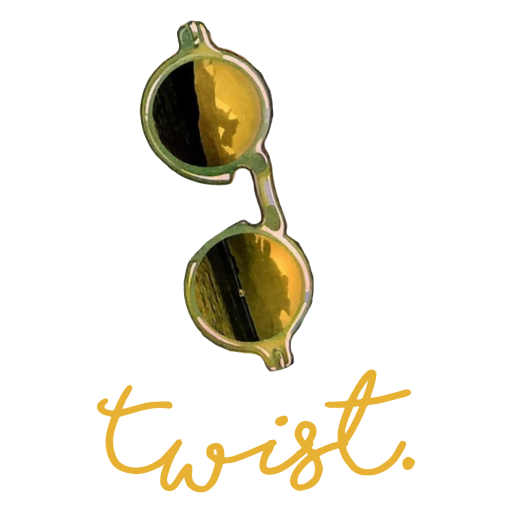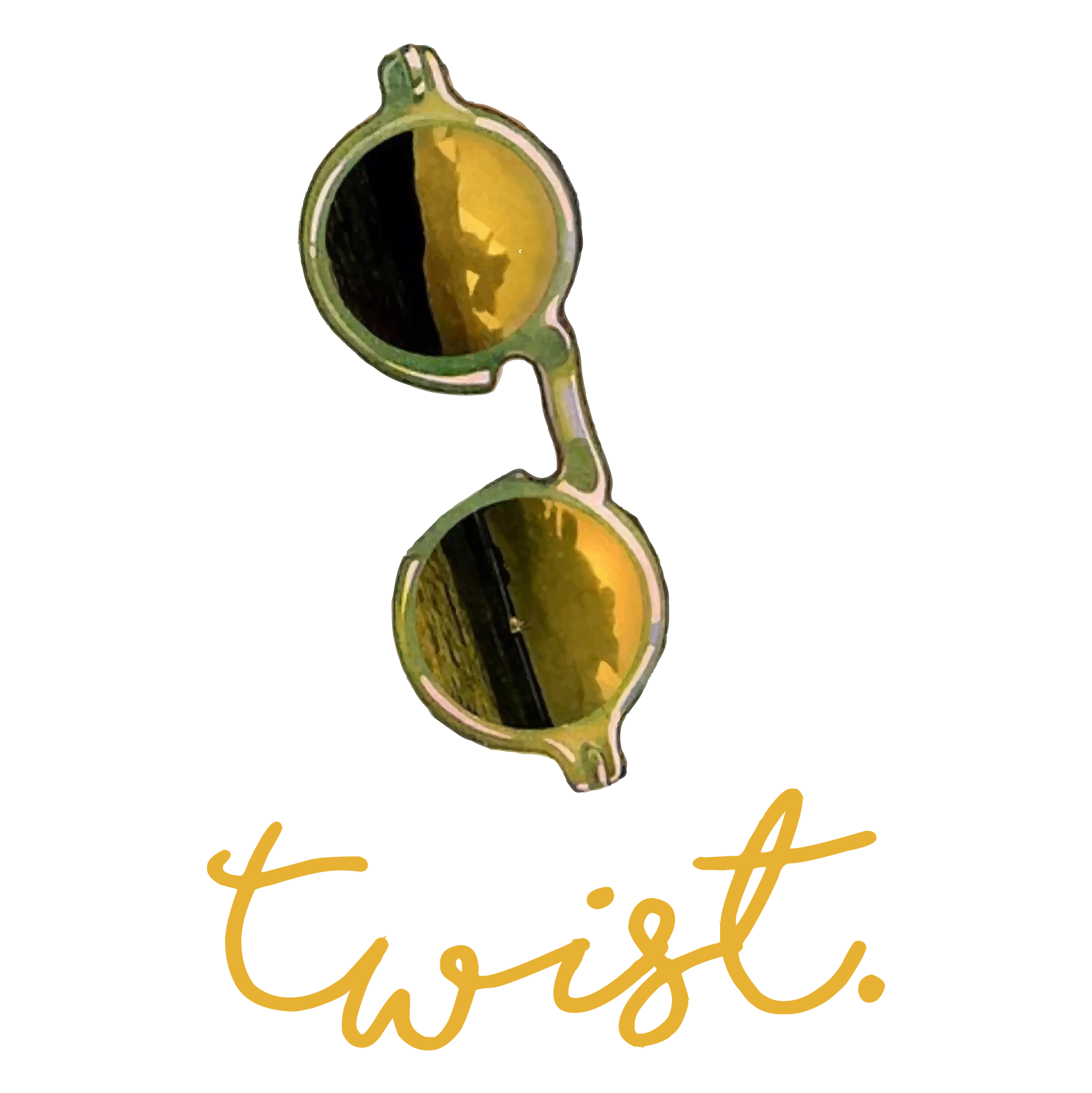Last week, The Economist released a tale around Stanford scholar School of companies professionals Michal Kosinski and Yilun Wang’s reports they had built man-made intelligence that may tell if we’re homosexual or straight predicated on a few imagery of our own confronts. It seemed that Kosinski, an associate professor at Stanford’s grad companies school who’d formerly gathered some notoriety for establishing that AI could forecast another person’s personality according to 50 Twitter wants, got finished it once again; he would produced some uneasy reality about technology to keep.
The study, and that is planned are published into the record of character and public mindset, drew a number of skepticism. It came from people who stick to AI research, in addition to from LGBTQ groups for example lgbt Advocates Defenders (GLAAD).
A Stanford scientist states the guy constructed a gaydar using a€?the lamesta€? AI to prove a spot
a€?Technology cannot decide another person’s intimate orientation. What their own technologies can identify is a design that located a tiny subset of on, white gay and lesbian men and women on online dating sites which hunt comparable. Those two results should not be conflated,a€? Jim Halloran, GLAAD’s main PЕ™eskoДЌit se sem digital policeman, composed in an announcement saying the report could cause injury revealing strategies to target gay anyone.
Having said that, LGBTQ Nation, a book focused on dilemmas in the lesbian, homosexual, bisexual, transgender, queer community, disagreed with GLAAD, claiming the research recognized a prospective possibility.
No matter, reactions for the report indicated that there is something profoundly and viscerally troubling concerning notion of developing a machine that may examine an individual and assess something similar to their sex.
a€?whenever I very first take a look at outraged summaries of it we sensed outraged,a€? mentioned Jeremy Howard, creator of AI training startup . a€?And then I planning i will take a look at papers, so then I started reading the paper and stayed outraged.a€?
Excluding citations, the paper is 36 pages long, far more verbose than most AI papers you will see, and is fairly labyrinthian when describing the results of the authors’ experiments and their justifications for their findings.
Kosinski asserted in an interview with Quartz that regardless of the ways of his report, their study was in services of gay and lesbian people that the guy sees under siege in modern society. By revealing it’s possible, Kosinski wants to sounds the security bells for others to just take privacy-infringing AI really. He says their services appears on shoulders of analysis happening for decades-he’s maybe not reinventing anything, just translating understood distinctions about homosexual and right everyone through brand-new technology.
a€?This is the lamest formula you can utilize, trained on a little trial with small solution with off-the-shelf knowledge which are really not provided for what we have been asking them to create,a€? Kosinski mentioned. He’s in an undeniably difficult place: protecting the credibility of his jobs because he’s wanting to be taken honestly, while implying that his methodology isn’t actually a good way to go-about these studies.
Really, Kosinski developed a bomb to prove to the world the guy could. But unlike a nuke, the essential design nowadays’s greatest AI helps make the margin between profits and breakdown fuzzy and unknowable, and also at the termination of the day precision doesn’t matter if some autocrat enjoys the idea and takes it. But understanding why specialist say that this specific case is flawed might help us a lot more completely enjoyed the effects for this tech.
Is the science effective?
By the specifications regarding the AI area, the writers executed this study was totally regular. You take some data-in this case it absolutely was 15,000 images of gay and directly people from a popular relationship website-and show it to a deep-learning formula. The algorithm sets out to get designs inside the categories of graphics.


